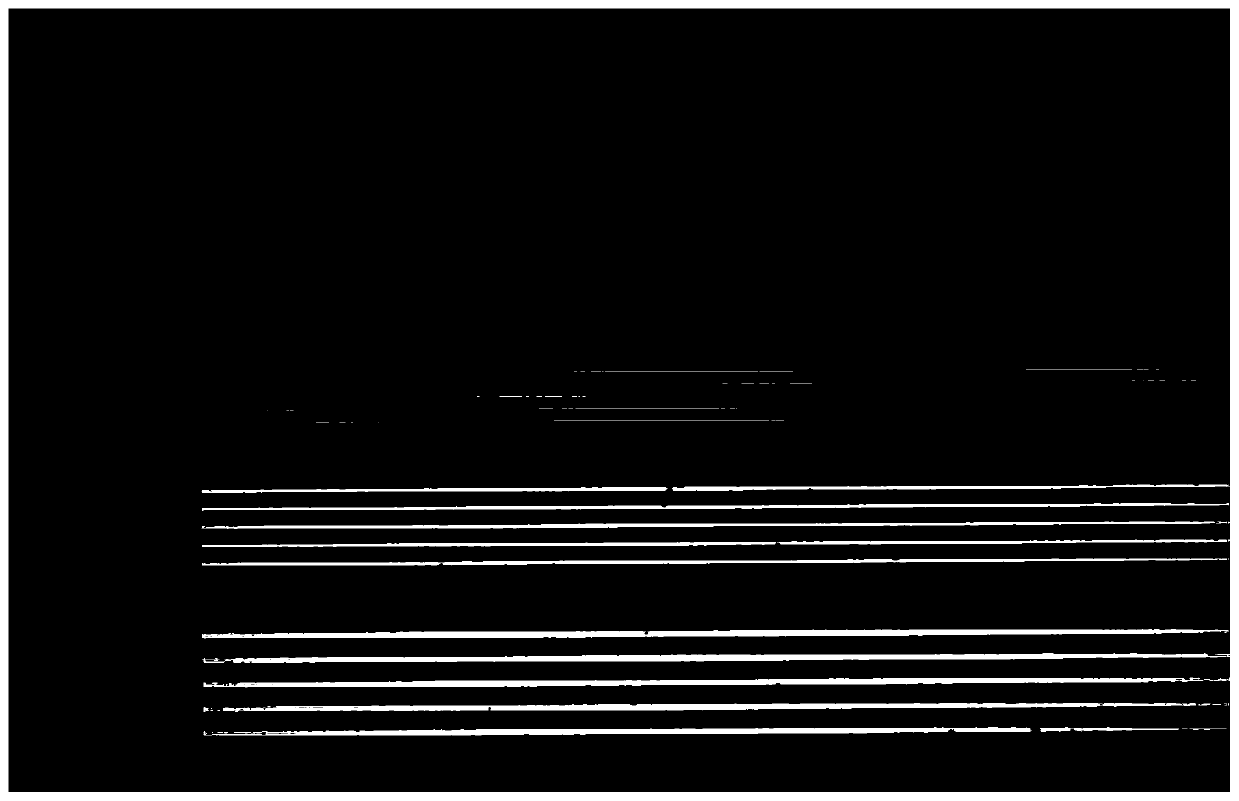Epoxy-type negative thick film photoresist as well as preparation method and use method thereof
A photoresist and epoxy type technology, applied in the field of photoresist, can solve problems such as the disadvantage of raw material cost, and achieve the effects of improving brittle crack defects, expanding the scope of application, improving impact strength and thermal shock resistance.
- Summary
- Abstract
- Description
- Claims
- Application Information
AI Technical Summary
Problems solved by technology
Method used
Image
Examples
preparation example Construction
[0040] In a second aspect, the present application provides a method for preparing an epoxy-type negative thick-film photoresist as described above, comprising the following steps: mixing the components by weight percentage, stirring and dissolving, and filtering to obtain the photoresist glue.
[0041] In a specific embodiment, the filtration adopts a polypropylene microporous filter membrane with a pore size of 5 μm.
[0042]In a third aspect, the present application provides a method for using the epoxy-type negative thick-film photoresist as described above, comprising the following steps: spin-coating the photoresist on a silicon wafer, followed by pre-baking, exposure, and post-baking Baking, developing. Since the molecular structure of the added polypropylene / ethylene glycol diglycidyl ether has flexible fatty long chains, it can rotate freely and be elastic, thereby ensuring the improvement of the cracking performance of the film.
[0043] In a specific embodiment, t...
Embodiment 1
[0050] A kind of epoxy type negative thick film photoresist, comprises the composition of following weight parts:
[0051]
[0052] The preparation process of the photoresist is as follows: add each component according to the formula, stir to achieve complete dissolution, and complete the preparation of the photoresist after filtering through a 5um pore diameter polypropylene (PP) microporous filter membrane.
[0053] The prepared photoresist is used according to the following method:
[0054] Spin-coat on a 4-inch silicon wafer, then pre-bake at 95°C for 10 minutes, then expose in an LED 365nm exposure machine with an exposure energy of 200mJ, then post-bake at 65°C for 1min, and post-bake at 95°C for 2min , and then develop, wherein, the developing time is 2min, the developing solution adopts PGMEA, and the fixer adopts IPA.
Embodiment 2
[0056] A kind of epoxy type negative thick film photoresist, comprises the composition of following weight parts:
[0057]
[0058] The preparation process of the photoresist is as follows: add each component according to the formula, stir to achieve complete dissolution, and complete the preparation of the photoresist after filtering through a 5um pore diameter polypropylene (PP) microporous filter membrane.
[0059] The prepared photoresist is used according to the following method:
[0060] Spin-coat on a 4-inch silicon wafer, then pre-bake at 95°C for 10 minutes, then expose in an LED 365nm exposure machine with an exposure energy of 200mJ, then post-bake at 65°C for 1min, and post-bake at 95°C for 2min , and then develop, wherein, the developing time is 2min, the developing solution adopts PGMEA, and the fixer adopts IPA.
PUM
| Property | Measurement | Unit |
|---|---|---|
| pore size | aaaaa | aaaaa |
| thickness | aaaaa | aaaaa |
| softening point | aaaaa | aaaaa |
Abstract
Description
Claims
Application Information
 Login to View More
Login to View More - R&D
- Intellectual Property
- Life Sciences
- Materials
- Tech Scout
- Unparalleled Data Quality
- Higher Quality Content
- 60% Fewer Hallucinations
Browse by: Latest US Patents, China's latest patents, Technical Efficacy Thesaurus, Application Domain, Technology Topic, Popular Technical Reports.
© 2025 PatSnap. All rights reserved.Legal|Privacy policy|Modern Slavery Act Transparency Statement|Sitemap|About US| Contact US: help@patsnap.com



